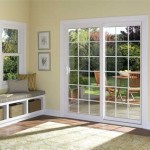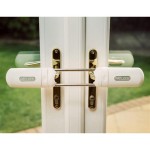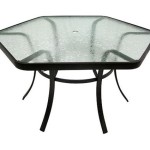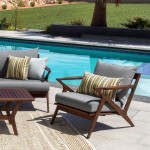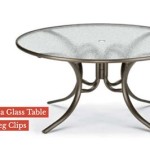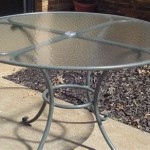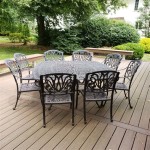Stringing Outdoor Patio Lights: A Guide to Creating a Magical Ambiance
Outdoor patio lights have become a mainstay in home decor, transforming outdoor spaces into inviting and enchanting havens. These twinkling lights create a warm and welcoming atmosphere, extending the functionality of patios and gardens well into the evening hours. Stringing these lights effectively is crucial to achieving the desired aesthetic, requiring consideration of factors such as space, lighting type, and personal style. This article will delve into the practicalities of stringing outdoor patio lights, offering comprehensive guidance for achieving a magical ambiance.
Choosing the Right Lights
The first step in stringing outdoor patio lights is selecting the appropriate type. Several options are available, each with unique characteristics impacting their suitability for specific applications.
- String lights: Classic string lights comprise bulbs strung along a wire, offering a traditional and versatile option. They come in various lengths, colors, and bulb types, including incandescent, LED, and solar-powered options.
- Fairy lights: Fairy lights feature tiny, twinkling lights, often encased in wire or plastic, creating a whimsical and romantic ambiance. Their small size makes them ideal for draping over plants, furniture, or creating intricate patterns.
- Net lights: Net lights consist of a mesh grid with lights embedded, perfect for covering larger areas like pergolas, trees, or walls. Their wide coverage provides a consistent and dazzling display of light.
- Globe lights: Globe lights feature oversized bulbs encased in glass, creating a distinctive and elegant look. They are often strung along wires, offering a bolder and more pronounced illumination.
Consider the ambiance you wish to create, the size of the space, and your personal preferences when selecting the type of light. Remember to prioritize safety by choosing lights rated for outdoor use and ensuring they meet local electrical code regulations.
Planning the Installation: Considerations for Space and Design
Once you've chosen the lights, planning the installation is key. It involves considering the space's specific characteristics and your desired design.
- Assess the area: Identify the boundaries of the space to be illuminated, taking note of any existing structures, obstacles, or landscape features.
- Determine the lighting pattern: Decide how you want the lights to flow, whether in straight lines across the patio, cascading from the eaves, or draping over plants and trees.
- Consider the height: Choose the appropriate height for the lights based on the desired effect and the structure's height. Lower hanging lights provide a cozy and intimate ambiance, while higher lights create a grander and more dramatic effect.
- Plan for power sources: Identify the power source location and determine the length of extension cords required to reach the desired areas. Ensure the cords are rated for outdoor use and safe to handle.
By carefully planning the installation, you can ensure the lights are strategically positioned to create the desired ambiance and complement the existing space.
Stringing the Lights: Techniques and Tips
The actual process of stringing the lights involves securing them to the desired location, depending on the chosen method and the space's features.
- Using clips or hooks: Clip lights to eaves, fences, or structures using clips or hooks specifically designed for outdoor use.
- Wrapping around posts or trees: Wrap lights around structures or plants, securing them with zip ties or twine.
- Drape over trellises or patios: Drape lights over structures for a soft and romantic effect, securing them with ties or clips.
- Hanging from branches: Hang lights from branches using hooks or clips that can withstand the weight of the lights.
- Creating custom patterns: Experiment with different patterns, such as zigzags, spirals, or geometric shapes, to add visual interest.
While stringing the lights, ensure that the cords are not stretched too tight, potentially causing damage. Avoid placing lights directly on surfaces that may become wet, and ensure the cords are not a tripping hazard. Regularly inspect the lights for any signs of damage or wear and tear, replacing faulty bulbs as needed.

How To Hang Patio Lights

28 Backyard Lighting Ideas How To Hang Outdoor String Lights

How To Choose The Best Outdoor String Lights

How To Hang String Lights Outdoors

Diy Patio Arbor Using String Lights The Honeycomb Home
Patio String Lights Yard Envy

Diy Outdoor Patio String Lights National Hardware

Outdoor String Light Ideas

Outdoor String Light Ideas Oclights

How To Hang Outdoor String Lights Flip The Switch

